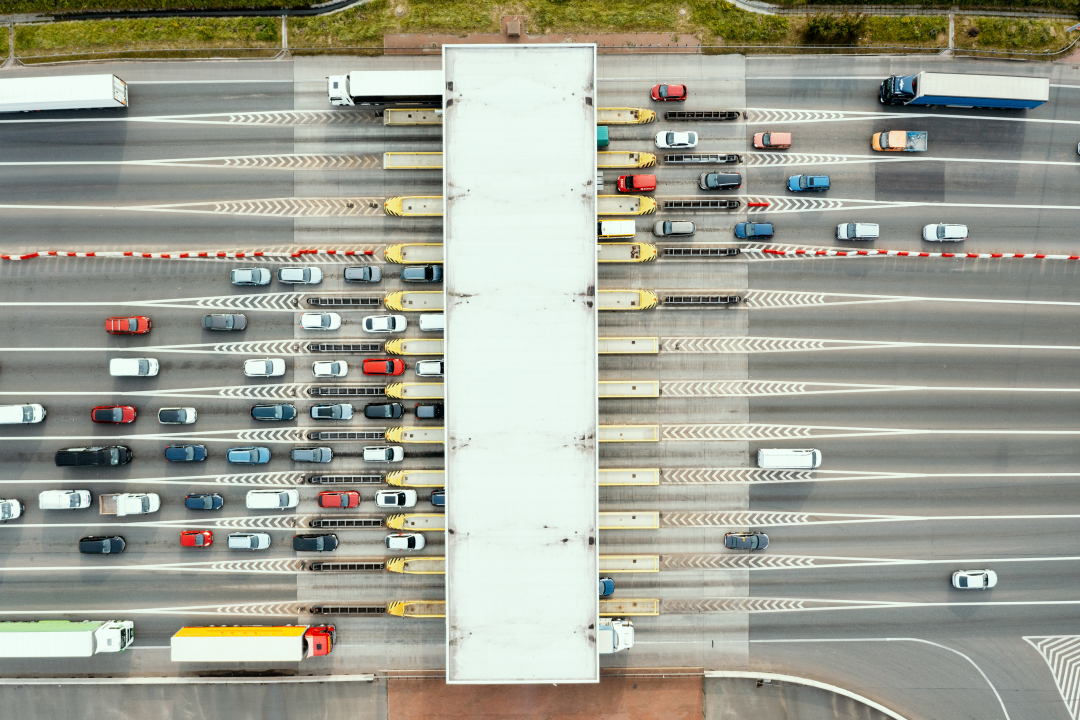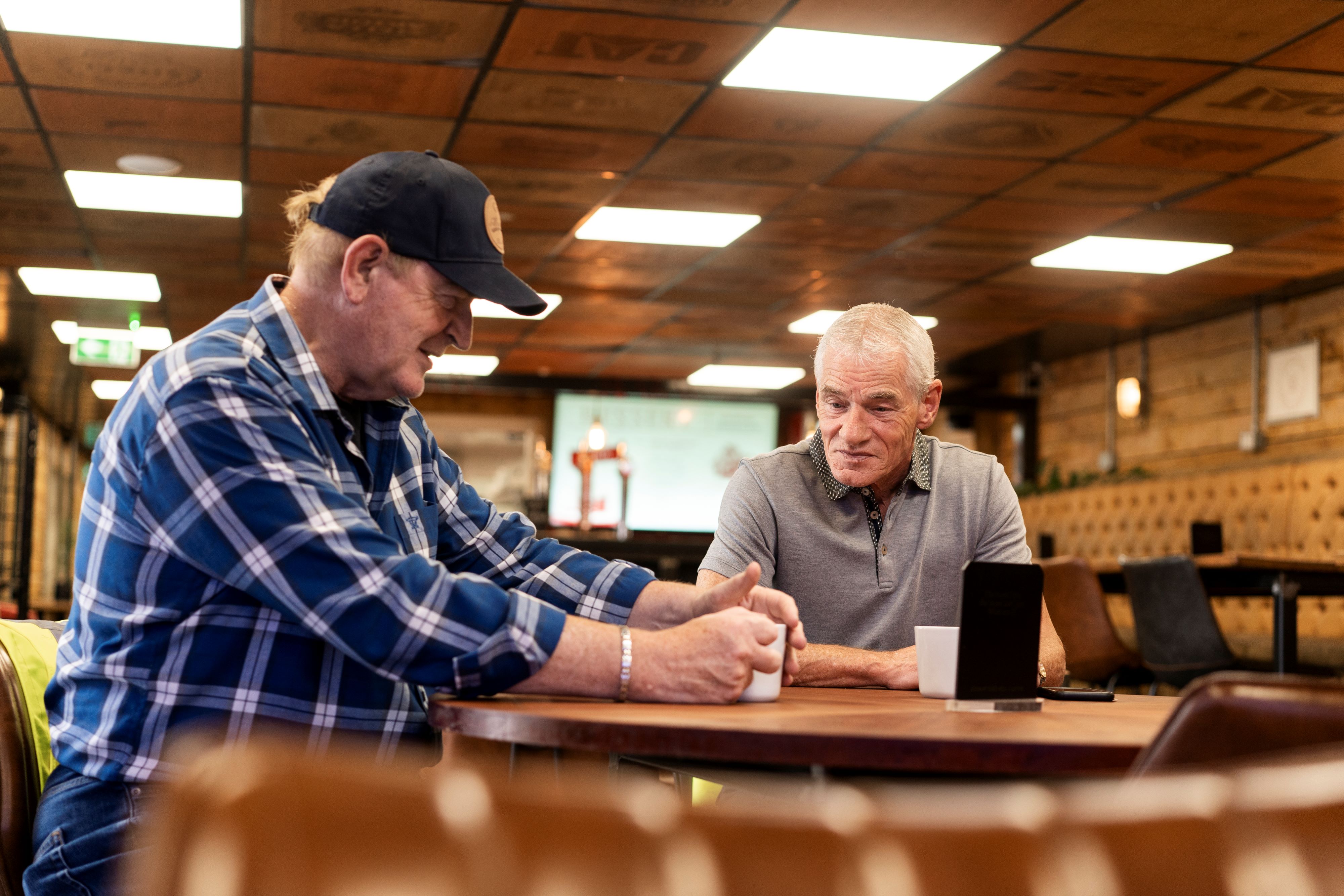
Guest
Vplyv výpadku elektriny na Pyrenejskom polostrove v roku 2025 na cestnú nákladnú dopravu
Vytvorené: 04. 06. 2025
•
Aktualizované: 04. 06. 2025
Dňa 28. apríla 2025 sa Pyrenejským polostrovom prehnali rozsiahle výpadky elektrickej energie, v dôsledku ktorých zostali milióny domácností, podnikov a verejných služieb v Španielsku a Portugalsku bez elektriny. Španielsko-portugalský výpadok, ktorý sa začal o 12:33 miestneho času, postihol veľké mestá vrátane Madridu, Barcelony, Lisabonu a Porta, ako aj veľké časti okolitých regiónov. V niektorých oblastiach sa dodávka elektriny obnovila v priebehu štyroch až šiestich hodín, v iných trvali poruchy až do nasledujúceho rána.
Hoci presná príčina sa stále vyšetruje, prvé správy naznačujú, že porucha v cezhraničnej prenosovej sieti narušila tok elektrickej energie v oboch národných sieťach. Dopad bol rýchly a rozsiahly, zastavil vlakovú dopravu, odstavil lietadlá, ovplyvnil nemocnice a verejné služby a ochromil digitálnu infraštruktúru. V sektore dopravy a logistiky bol problém okamžitý a dotkol sa všetkých aspektov cestnej prevádzky, od nákladnej dopravy a zásobovania palivom až po riadenie dopravy a starostlivosť o vodičov.
"Pri výpadku elektrickej energie zlyhávajú aj mnohé systémy, na ktoré sa spoliehame pri zabezpečovaní bezpečnosti na cestách - od semaforov a dopravného značenia až po komunikáciu," hovorí Raquel Martinezová, európska obchodná manažérka spoločnosti SNAP. "Výpadok prúdu v roku 2025 upozornil vodičov aj prevádzkovateľov vozových parkov na to, ako rýchlo sa bežné cesty môžu stať rizikovými a aké dôležité je mať prehľad o tom, kde môžu vodiči zastaviť, aby zachovali bezpečnosť seba a svojho nákladu."
Oneskorenie prepravy
Pre dopravné firmy bolo prvým a najpálčivejším problémom pozastavenie nákladnej dopravy. Na celom Pyrenejskom polostrove sa spomalila alebo úplne zastavila prevádzka v skladoch, plniacich centrách a cross-dockingových uzloch. Ovplyvnená bola aj medzinárodná preprava, pričom kamióny boli zadržiavané na hraniciach, pretože úrady pracovali na obnovení základnej kontroly dopravy a zabezpečení bezpečnosti na cestách.
Keďže železničná nákladná doprava stála, niektorí prevádzkovatelia sa pokúsili presunúť náklad na cestnú sieť, čo však prinieslo svoje vlastné obmedzenia. Preplnené trasy, nefunkčné dopravné systémy a nerovnomerný prístup k palivám znamenali, že cestná doprava nemohla absorbovať dopyt. Trvalo niekoľko dní, kým sa odstránilo zaostávanie a obnovila spoľahlivosť dodávateľského reťazca.

Mýto, dopravné a technologické poruchy
Výpadky elektriny na Pyrenejskom polostrove tiež odhalili, do akej miery je moderná infraštruktúra závislá od digitálnych systémov. Semafory vo veľkých mestách zhasli, čo spôsobilo dopravné zápchy a zvýšilo riziko nehôd. Zlyhalo elektronické značenie, diaľničné senzory a inteligentné smerovacie systémy, čím vodiči prišli o navádzanie a aktualizácie v reálnom čase.
Podobne boli postihnuté aj mýtne brány. Keďže automatické závory a elektronické platobné systémy boli mimo prevádzky, museli zamestnanci v niektorých oblastiach zdvíhať závory ručne alebo vyberať hotovosť. To viedlo k meškaniam na hlavných trasách, strate príjmov prevádzkovateľov mýta a obavám o integritu systému po obnovení dodávky elektrickej energie.
Nedostatok paliva
Jedným z najvýraznejších znakov závislosti sektora od elektrickej energie boli pumpy s palivom. V dôsledku výpadku elektrickej energie boli čerpacie stanice v celom Španielsku a Portugalsku nútené zatvoriť. Čerpadlá a platobné systémy prestali fungovať, takže len malý počet čerpacích staníc s núdzovými generátormi mohol obsluhovať zákazníkov. Tie boli rýchlo preťažené, čo viedlo k dlhým radom a v mnohých prípadoch k uviaznutiu vodičov bez paliva.
Narušenie sa rozšírilo aj na horný tok rieky, pričom prístavné zariadenia a distribučné siete pohonných hmôt nemohli fungovať na normálnu kapacitu, čo spôsobilo oneskorenie prepravy pohonných hmôt do vnútrozemských oblastí a ďalšie zhoršenie problémov so zásobovaním.
Elektromobily a nabíjacia infraštruktúra
Pre prevádzkovateľov elektrických vozidiel predstavoval tento výpadok osobitnú výzvu. Nabíjanie elektromobilov v celom Španielsku a Portugalsku bolo mimo prevádzky, čo spôsobilo, že elektromobily boli nepoužiteľné, pokiaľ už nemali dostatok energie na dokončenie trasy. Bez prístupu k dobíjaniu boli niektoré dodávky pozastavené a elektrické vozidlá dočasne vyradené z premávky.
Pre logistické podniky, ktoré zvažujú prechod na elektrické vozové parky, zdôraznili výpadky elektrickej energie na Pyrenejskom polostrove dôležitosť plánovania pre nepredvídané udalosti a záložnej infraštruktúry na zachovanie prevádzky počas výpadkov siete.

Blahobyt vodiča
Azda najnaliehavejšie obavy sa sústredili na blaho vodičov. Odpočívadlá a čerpacie stanice sa ponorili do tmy - mnohé z nich boli bez osvetlenia, kúrenia, teplého jedla a funkčných toaliet. Niektorí vodiči zostali bez bezpečného miesta na odpočinok počas vynútených meškaní.
Ďalším veľkým problémom bola komunikácia. V dôsledku prerušenia mobilných sietí mali vodiči problém kontaktovať sklady, požiadať o podporu alebo získať prístup k aktualizáciám dopravných informácií. Pre mnohých sa jediným spoľahlivým zdrojom informácií stal miestny rozhlas. Situácia bola jasnou pripomienkou toho, ako môže byť priemysel ohrozený, keď zlyhá kritická infraštruktúra.
Poučenie pre budúcnosť
Hoci výpadok elektriny v Španielsku a Portugalsku trval na väčšine miest menej ako 24 hodín, narušenie cestnej dopravy a prepravy bolo značné. Vplyv výpadku elektrickej energie na logistiku sa týkal všetkých oblastí, od zásobovania palivom a odolnosti infraštruktúry až po pripravenosť na núdzové situácie a pohodu vodičov. Podnietilo to však aj obnovenie diskusie o tom, ako môžu prevádzkovatelia vozových parkov zlepšiť kontinuitu podnikania a ochrániť svojich ľudí v prípade podobných udalostí.
Vytvorenie a otestovanie spoľahlivého plánu kontinuity prevádzky je dôležitým prvým krokom. Mal by zahŕňať komunikačné protokoly, prístup k palivu, alternatívne trasy a rozmiestnenie vozidiel. Ak je to možné, mali by sa vopred určiť alternatívne harmonogramy a partneri pre doručovanie - najmä v prípade časovo citlivých alebo kritických nákladov.
V takýchto situáciách je veľmi dôležité podporovať pohodu vodičov. Núdzové súpravy - obsahujúce občerstvenie, vodu, baterky, powerbanky a reflexné oblečenie - môžu poskytnúť upokojenie a praktickú pomoc.
"Prevádzkovatelia môžu tiež preskúmať zariadenia v depách, aby zabezpečili vodičom bezpečné miesta na odpočinok, najmä počas dlhších meškaní," hovorí Raquel. "Vedomie, že v regióne existuje sieť zastávok pre nákladné vozidlá, ako je napríklad naša partnerská sieť, môže poskytnúť istotu, že je kde zastaviť, kým sa nevráti elektrina.
"Výpadky elektrickej energie takéhoto rozsahu sú síce zriedkavé, ale riziko je reálne. Prevádzkovatelia musia zvážiť, ako si vybudovať odolnosť a prispôsobiť sa situáciám, aby mohli pokračovať v ceste - od zabezpečenia prístupu k palivu až po prehodnotenie plánovania trasy a zabezpečenia odpočinku počas núdzových situácií."
Služby mobility SNAP v Španielsku
Disponujeme rozsiahlou sieťou zastávok pre nákladné vozidlá a servisných oblastí v celom Španielsku a Európe. [Navštívte našu interaktívnu mapu a pozrite si, kde dnes nájdete našich partnerov] (https://snapacc.com/map/spain/).



